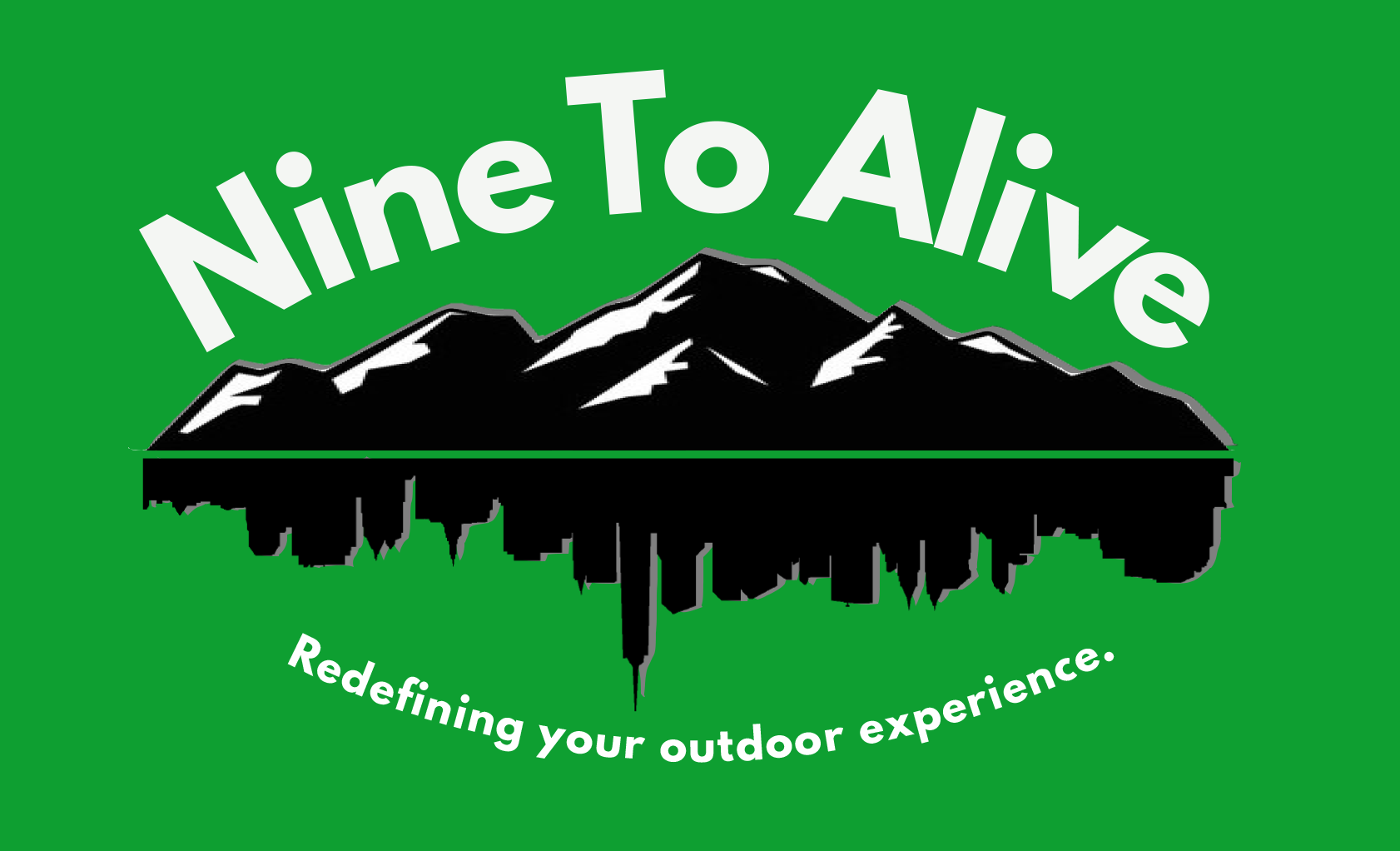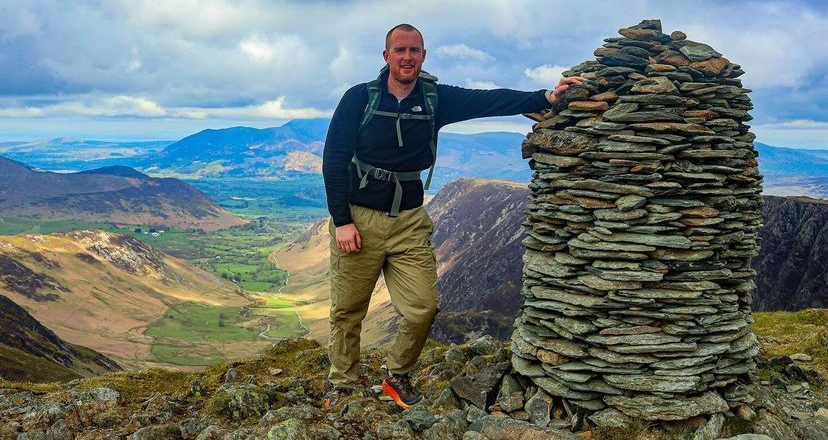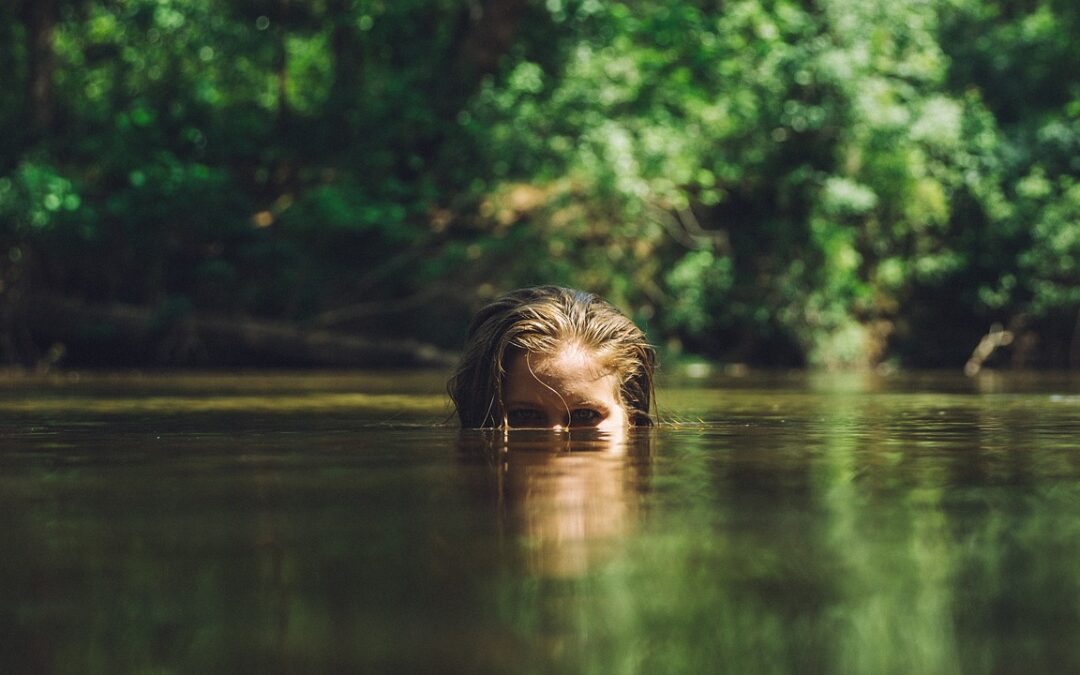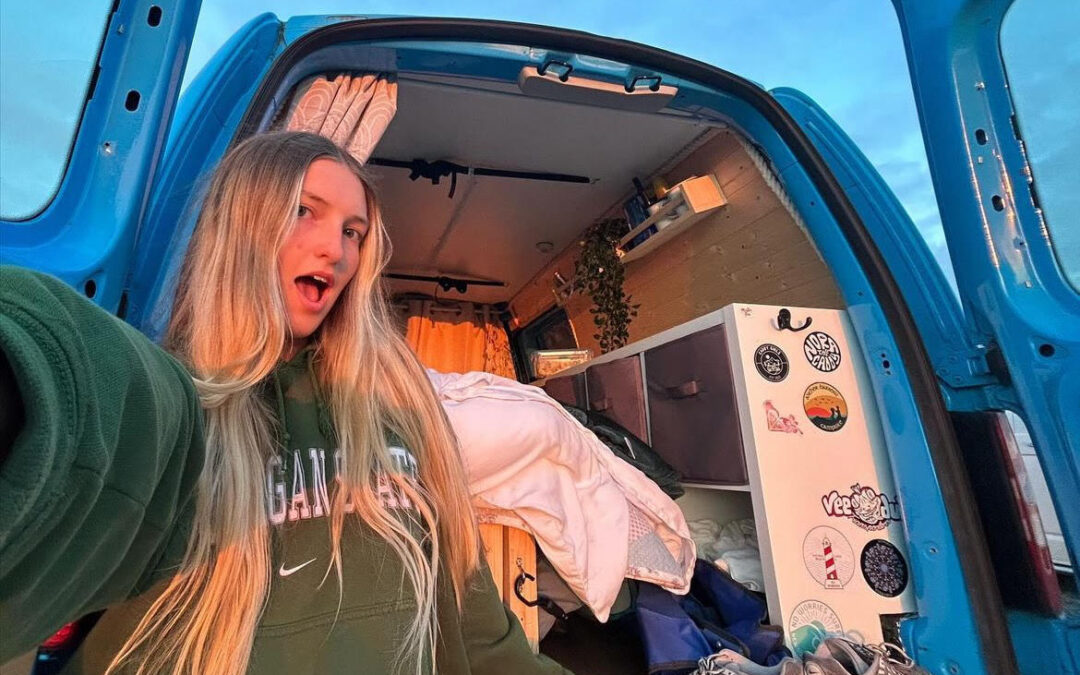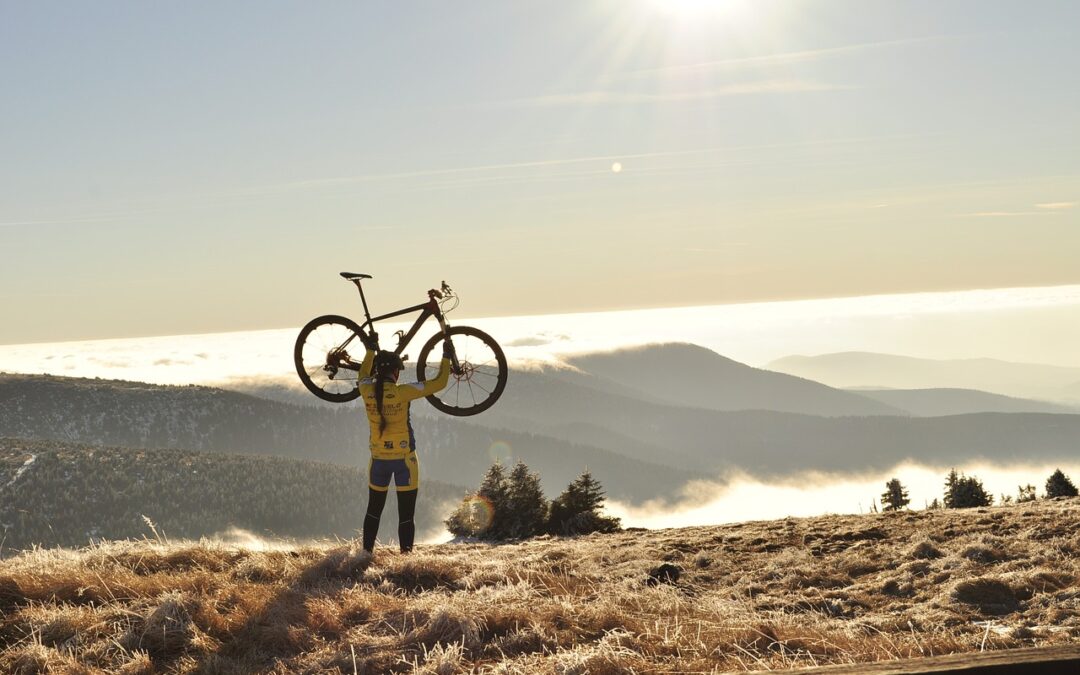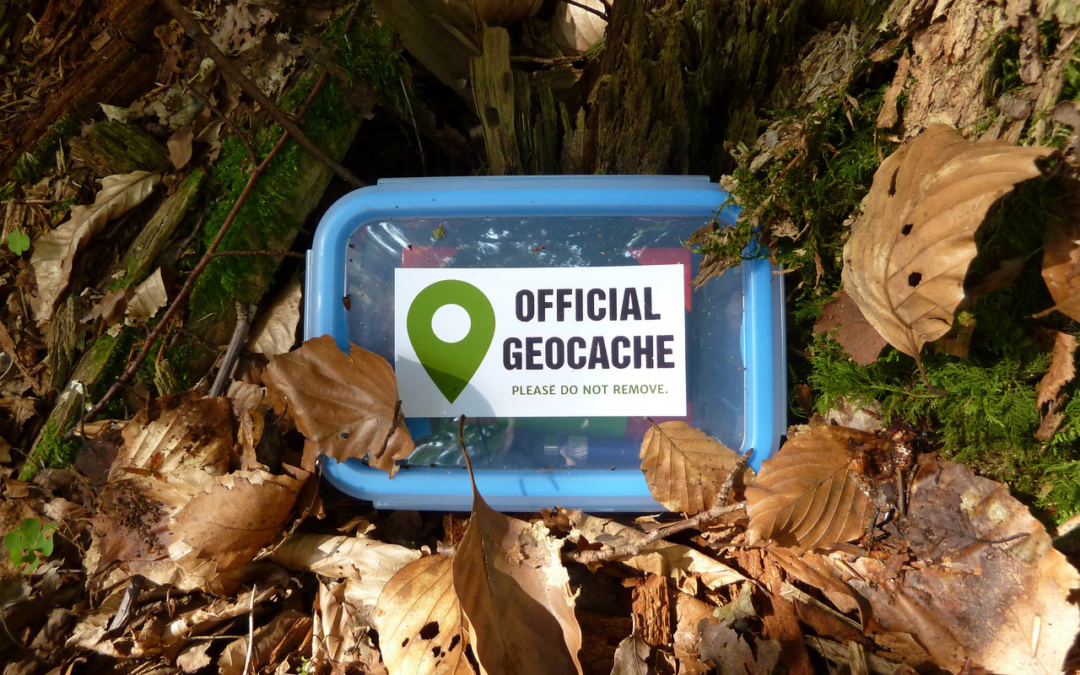Ever heard of Geocaching? I doubt it. But here, you will find everything you need to know before you start exploring the world of geocaching and everything it has to offer.
“Geocaching” is a term you may have little to no knowledge of, but behind this intriguing name is an activity that caters to the niche and nuanced needs of almost anyone. The manager of the Geocaching Association of Great Britain, Chris Warren, says; “Geocaching is many things to many people, there are niche activities for everyone, from people who like urban caching on the streets, to people who like climbing trees, wading/swimming in wild water and soon.” By the time you have finished reading this you will hopefully be equipped to discover the weird and wonderful world of Geocaching for yourself. Oh, and if youneeded help understanding what the geocaching community is like, those who don’t know about caching are dubbed ‘muggles’.
Geocaching can be broken down into two parts, hiding and finding. The aim of the game is to look for or alternatively hide ‘treasure caches’ whilst keeping a logof your finds and activity along the way. Most caches can be found online via different platforms. Platforms provide comment sections and ‘favourites’ selections to show your appreciation for the caches creating a community aspect.
Members of the community will use these logs to share the way they found the caches and others will simply track progress creating streaks and sats. But more on the platforms later. Before I tell you what geocaching actually is, let me give you It’s origin. We must start across the pond in the US and into a can of beans. Yes. A can of beans. On 3 May 2000, GPS enthusiast Dave Ulmer hid a container in a woods in Oregon and uploaded the coordinates to a GPS community online, with one rule, “take some stuff, leave some stuff”.
Within three days, two people found the ‘stash’ and uploaded their experiences online. The first traded object in this stash was a tin of beans, hence the ‘original can of beans’. From that point forwards, people have been sharing the coordinates of their caches and logging their finds online ever since. Albeit in a more organised way. The activity wasn’t named Geocaching until later that month on May 30, 2000 by Matt Stum.
Who else is doing it?
To get a grasp of the size of this sport, there are more than 3 million active geocaches worldwide, hidden in 191 countries and across all 7 continents. There is even one in space. Geocachers have recorded over 642 million “found it” tags since the game began in 2000 and more than 800,000 people embark on geocaching adventures every week. Within the UK, over 69,000 people hid a geocache in 2022 and 83 million logs were posted. In the same year over 3.5 million adventures were completed and 25,082 were made. On August 20 of 2022 there were 640,246 total finds. All the above stats are from Geocaching.com. Now that the statisticians are satisfied, there is much more to discover about this sport.
What am I looking for and how do I find it?
The caches themselves come in all different shapes and sizes, from ammo cratesand lunchboxes half buried in the ground to film cartridges and magnets tucked away under benches. Geocaches are filled with a variety of things, but they oftencomprise of a paper log, Geocoin’s (put there by the maker of the cache), and some medium to low value items such as books or toys.
The locations of geocaches are shown on a map and coordinates of the cache areprovided, just like a café would appear on Google Maps. Hints and tips on how to find the caches are often given in the descriptions below the location. Finding caches is a lot of the fun and can be very rewarding.
However, there is nothing more frustrating than searching for a cache that isn’t there. Chris Galving, an avid geocacher, said, “If you are not a pro level finder its best to stick to caches that have been found recently or maintained recently. nothing worse than spending hours solving a puzzle only to find the final cache is missing.” The sport itself isn’t particularly extreme, but care should always be taken when searching for caches, whether it’s by busy roads or near bodies of water.
You don’t want to end up like Geoff May, from Cache the Line, “A friend and I were going to paddle out to an island for a geocache, we noticed there was a strip of land we could use to get to it, we opted to hike around the reservoir. It took MUCH longer than we anticipated and needed to wade across water anyway.
We found the geocache but returned via pool dingy. We ended up, two big guys, kneeling uncomfortably, paddling with one mini paddle and a large piece of bark, across a reservoir, because we were too lazy to hike, hoping that nothing would poke a hole in the hull! We saved maybe 10 minutes.” Alternatively, if you’re not careful where you’re looking, you could end up with a story like Connie Moulton, “My muggle and I were caching in a remote spot when we came across a young couple doing the deed, we silently snuck by them, and they didn’t even see us. Man we laughed so hard.”
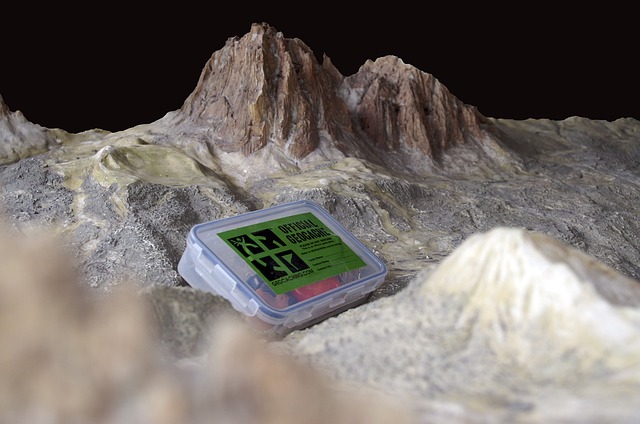
How can I hide one?
People create all kinds of crazy designs, ranging from fake rocks to hollow branches. However, often a simple lunch box wrapped in camo tape will do the job. It is completely up to the hider as to how they hide their caches. Provided it is in a safe spot. There are numerous categories of caches you can create; puzzle caches – finders must solve a puzzle to receive the coordinates, multi-stage caches where one cache leads to another, night caches which are multi-stage caches intended to be found at night, and moving caches whereby the finder moves the log to a new cache.
To actually hide these caches you need to upload the exact coordinates of the cache and creating a page for it on the platform you will use. Each platform has its own requirements as to what you need to do before uploading a cache. Afterwards, sit back and wait for the finders to seek it out (praying a muggle doesn’t stumble upon it).
The overarching advice from the platforms focuses on ensuring container is weather appropriate and suitable for the location it will be placed. It always helps to have a good number finds under your belt before you start creating caches, just so you can gauge an idea for what works and what doesn’t. Chris Galvin has almost 30 hides, he advises “Only hide a cache if it has a reason to earn a favourite point. Think about what sort of logs you will enjoy reading and the caches that will inspire them, I don’t want to read a hundred emails saying thanks for cache I want paragraphs of mishaps and adventures that were had by all.”
What do I need to get started? There are several online platforms and apps you may wish to join before venturing into the world of Geocaching. Some are free, and others work on a freemium basis. You may find some are better suited for you than others. Geocache.com, Adventure Lab and Opencache.UK are the more popular choices. Each caters to different needs but are equally simple to start with.
There is no set kit-list that you must abide by when geocaching. However, the MOST important item is a handheld GPS navigation device. Don’t be intimidated by this, a smartphone with GPS connectivity will do just fine! It should go without saying but it’s smart to dress appropriately for where you’ll be searching for the caches.
If you’re embarking on a geocaching adventure trail in the lake district, you’ll need a remarkably different set of kit than if you’re taking a detour on your commute home to search for some city caches. It is often useful to keep a pen and paper to hand if you wish to log your find physically in the cache. If you intend on trading an item, it is always nice to leave something niche but not too valuable.
Personally, I leave a dog poo-bag. It’s by no means valuable but when I’m caching I’m doing it with my dog, and if were to find a free poo bag left for me in a cache, I’d be delighted.
On some occasions you may be required to use a ‘TOTT’ or tool of the trade (geocachers love a good abbreviation). These can be anything from a ladder to a pair of tweezers. That doesn’t mean you should be lugging around a ladder on every trip. But having a pair of tweezers handy or being aware you may need a tool before setting out may just save you from a world of hassle.
Avid Geocacher Jessica Styles will be the first to warn you, “I once walked about 500m out of my to look for a geocache only to check the description and see that it requires a TOTT… the tool being a ladder!” If you take anything away from this, it should be that geocaching can suit anyone.
So, if you are the kind of person who loves the sound of trawling through tree stumps and muddy rocks for three hours just for the thrill of finding a poo-bag, this is for you.
